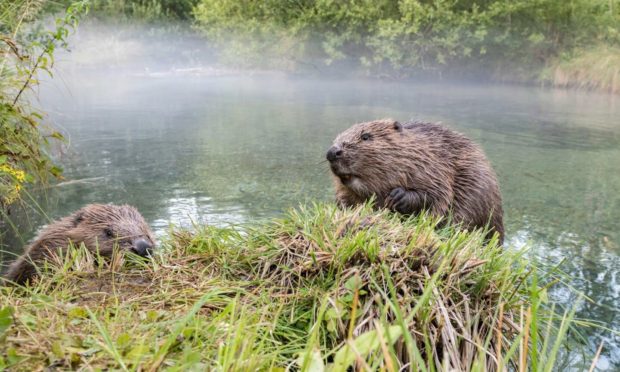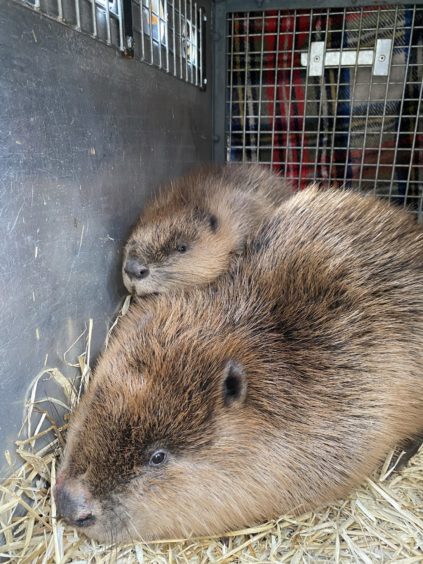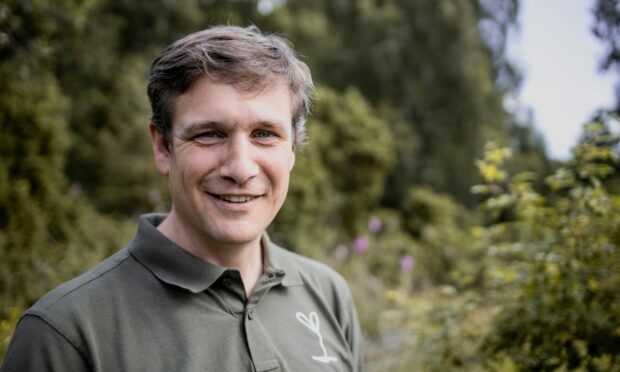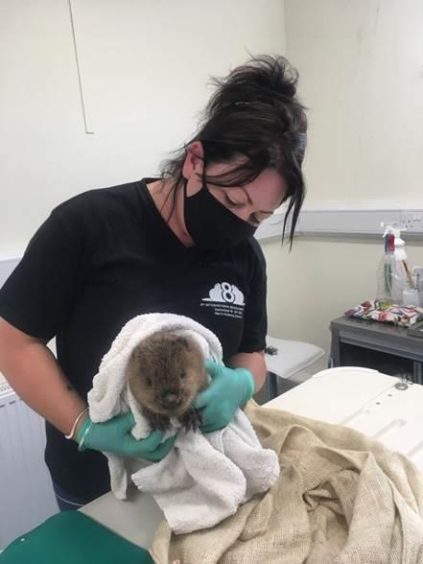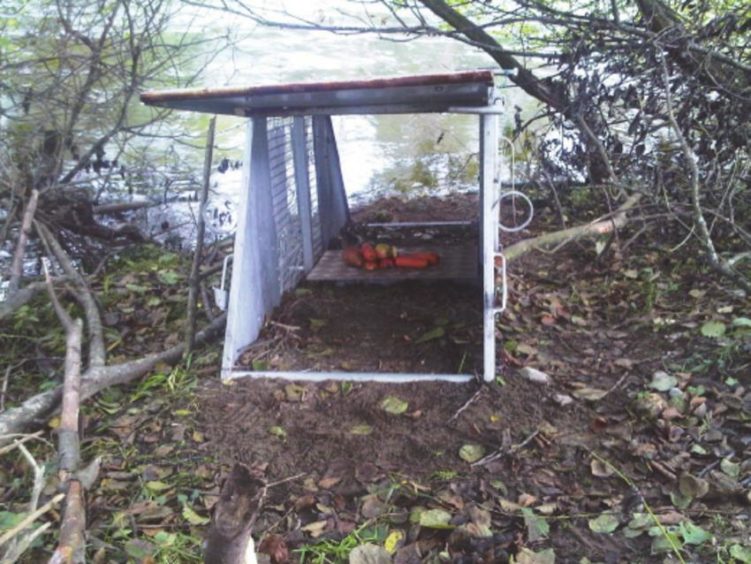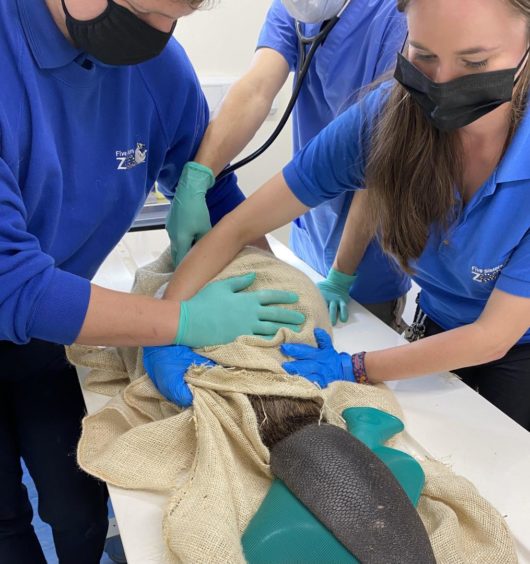Trapped Tayside beavers could be moved to London under conservationist plans to reduce the number of animals shot and killed.
Rewilding campaigners want more farmers and land managers to trap and move troublesome populations rather than shoot the mammals under licence.
How to best manage beaver populations in Tayside is the subject of an outstanding judicial review.
Beavers can cause damage to farmland. Populations have undermined riverbanks and protective flood banks and impeded drainage through damming.
Conservationists have already worked with some Tayside landowners to trap beaver populations and move them to projects in Yorkshire, Devon and Wales in a process known as “translocation”.
A group in Tottenham wants to use similar methods to introduce beavers to an urban area for the first time.
Scotland’s nature conservation agency NatureScot issued 87 licenses to shoot beavers in 2019.
Alan McDonnell is a programme development manager at rewilding group Trees For Life.
He said: “The heavy majority of those could have been trapped, rather than shot.
“They (the beavers) go all over the place. Small numbers here and there. Some have gone to Yorkshire, some have gone to Cumbria, to Devon and there is a proposal active in Wales.
“There is a proposal that’s just been mooted to take them to Tottenham, so right smack in the middle of London.”
Alan’s group have developed the Tayside beavers trapping plan as part of their legal challenge over kill licenses.
Who traps Tayside’s beavers?
Roisin Campbell-Palmer works for the Beaver Trust as a restoration manager. Prior to the role, she worked as a freelance beaver ecologist for 12 years, including in Tayside.
“I have a long history in trapping, handling, moving beavers. That sort of stuff. When conflicts in Tayside happened I was keen to push translocation as an option.
“It’s a strategy in many European countries and there’s no reason why it shouldn’t work in Scotland.
“Over the years, I have tried to match up beavers with people who want them.”
She stressed there is no shortage of takers, having released beavers to licenced projects in England and Wales in recent years.
Conservation project managers value beavers for the ecological benefits populations can bring, including creating new environments for other species to thrive.
Roisin highlighted several projects, including the River Otter Beaver Trial in Devon and a similar trial in Pickering forest in Yorkshire.
“They (the projects) aren’t zoo enclosures. These aren’t tourist attractions. If a local community get the added benefit that more people come then that’s a benefit.
“But these projects are scientifically monitored and it’s about seeing what the beavers can do in British systems.”
The projects are in enclosed areas, unlike in Tayside where animals were either released or escaped into the wild without licence.
Roisin suggested the Tottenham project, run by a group called Citizen Zoo, needed to do more work before they were in a position to receive wild beavers from Tayside.
“There’s no actual project that’s set up at the minute. There’s a lot of talk over whether it’s feasible.
“It might be a project later in the year but it’s not a licensed project so far.”
Why are people talking about moving beavers out of Tayside?
Rewilding campaigners, led by Trees for Life, are waiting for the results of a judicial review.
They are suing NatureScot for permitting farmers to kill wild beavers.
The group wants lethal force used as a measure of last resort, which it does not believe is currently the case.
Farmers and landowner groups have supported NatureScot during the review. They have argued strongly in favour of their right to kill animals that damage farmland and crops.
Both sides are awaiting the judgement, conscious the review will become a test case in the management of wild animal populations.
Where does the Tayside beavers trapping idea come from?
Alan suggested rewilding groups are keen to learn from a similar situation in Bavaria in the ’90s where beaver populations did a lot of damage to valuable farmland.
“It sounds like it was really similar to what we had in Tayside,” he said.
“There was shooting of beavers and a lot of conflict with conservationists. It was really bitter. There were stories there of them crucifying beavers alive, which is fortunately something we have not had happen here.”
The Tayside beavers trapping and translocation programme – involving landowners, farmers and conservationists – did much to diffuse the difficult situation, he added.
How do you go about trapping and translocating a Tayside beaver?
Trappers use large metal cages to catch beavers. They then take them to a vet for a health check before moving on to the new release site.
Conservationists trap and transport family groups together.
They place traps on river banks and bait them with carrots and apples. “That’s high-energy food for them. They walk in, step on a plate and the door snaps shut.”
Alan said ecologists, like Roisin, then move “as quickly as they can” to minimise stress on the animal.
“As far as the judicial review goes, our argument is that NatureScot should be writing that into their process.
“They should be exhausting any opportunity to trap and relocate before they license lethal control,” he added.
NatureScot insists its licensing approach is “robust and lawful”.
The agency has said many landowners and managers already trap beavers rather than killing them.
